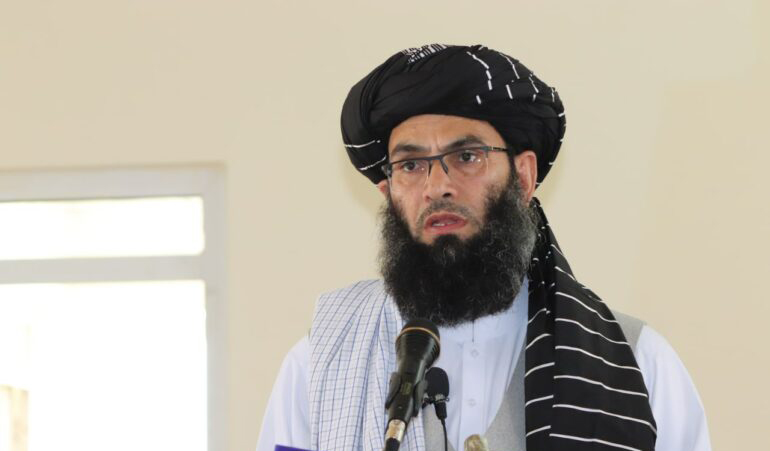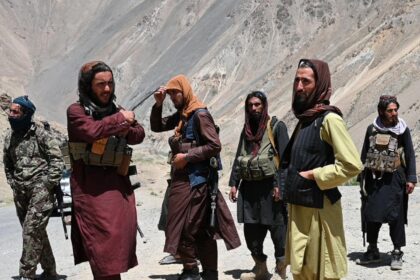RASC News Agency: In the latest escalation of restrictions on media by the Taliban, sources report that Khalid Hanafi, the Acting Minister for the Promotion of Virtue and Prevention of Vice, denied journalists permission to photograph or cover his recent visit to Nangarhar. On Monday, October 21, it was reported that Hanafi traveled to Nangarhar to meet with local Taliban officials. Sources indicate that he even prohibited the media office of the Taliban-appointed governor from visually documenting the meeting. Despite the Taliban imposing stringent restrictions on media and journalists over the past three years, these limitations have intensified in recent days.
Just three days prior, Nida Mohammad Nadim, the Acting Minister of Higher Education, similarly denied journalists in Khost the right to film or photograph his visit. The Taliban, known for their contradictory and regressive stance, argue that photography and videography are un-Islamic, claiming that such practices did not exist during the early days of Islam. Nevertheless, they continue to utilize armored vehicles, luxury residences, and weekly funding from intelligence sources in both the East and West, without questioning the Islamic legitimacy of these resources.
This contradictory behavior underscores that, for the Taliban, Islam serves merely as a tool for advancing ethnic, tribal, and economic interests. How can some practices, which did not exist during early Islam, be deemed un-Islamic, while others that conveniently benefit them are considered compliant with Sharia?






